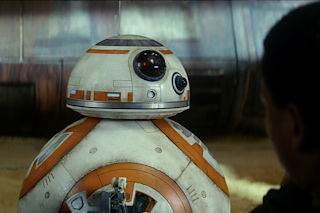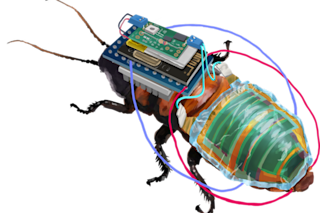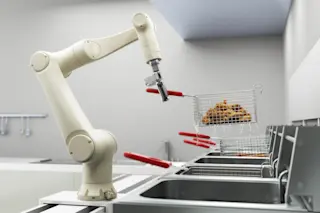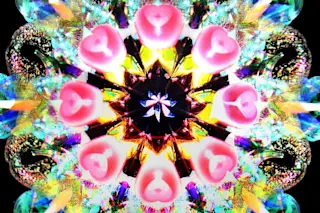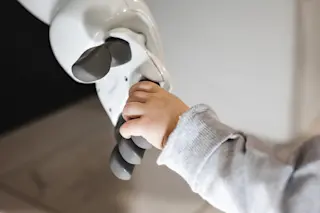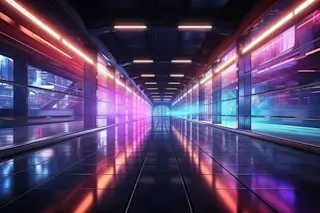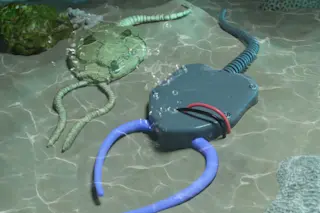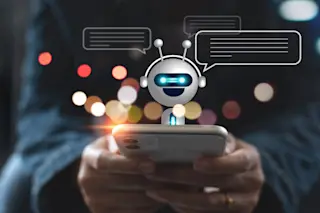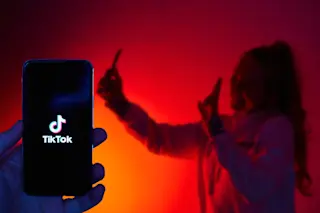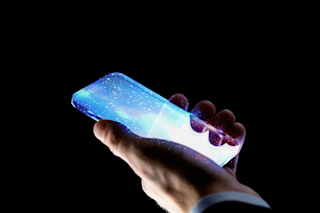The clever and adorable repair droid BB-8 is a popular face of the new Star Wars film trilogy by Disney. Credit: Disney Robots can provide comic relief and cuteness overload for longtime fans of the Star Wars films that take place in a galaxy far, far away. The latest example in Disney's Star Wars films is the adorable BB-8 droid that has a dome head riding atop a spherical body and mostly communicates through beeps and electronic warbles. But something dark and ominous may be lurking beneath the bubbly droid's exterior. Turn back now to avoid spoilers on "The Last Jedi" or any of the Star Wars films. The small droid BB-8 shares many charming and heroic qualities with R2-D2, another popular Star Wars robot from the original film trilogy and a predecessor of sorts to BB-8. Both droids have generally proven themselves to be brave and loyal companions to ...
'The Last Jedi' Revealed the Dark Side of BB-8
Discover how the BB-8 droid evolves from adorable sidekick to unexpected combatant in Star Wars films. Click to learn more!
More on Discover
Stay Curious
SubscribeTo The Magazine
Save up to 40% off the cover price when you subscribe to Discover magazine.
Subscribe

